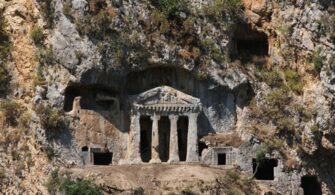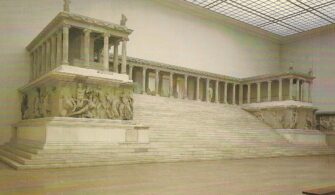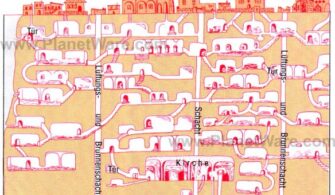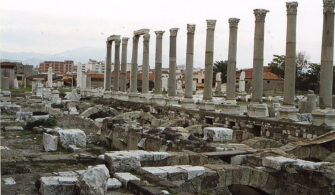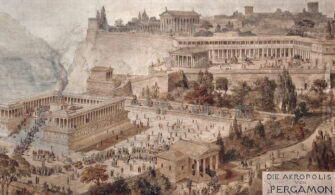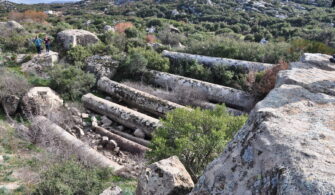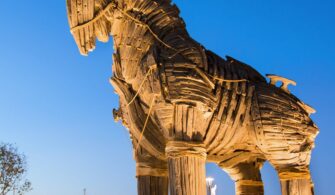One of the most spectacular ancient buildings of Pergamum is the Red Basilica, also known as Serapion or Temple of Serapis. Red Basilica, which is called Red Courtyard among the people, has attracted the attention of travelers since early times because of its unusual structure. The absence of a similar structure in the architecture of the Roman Imperial Period makes the structure even more unique.
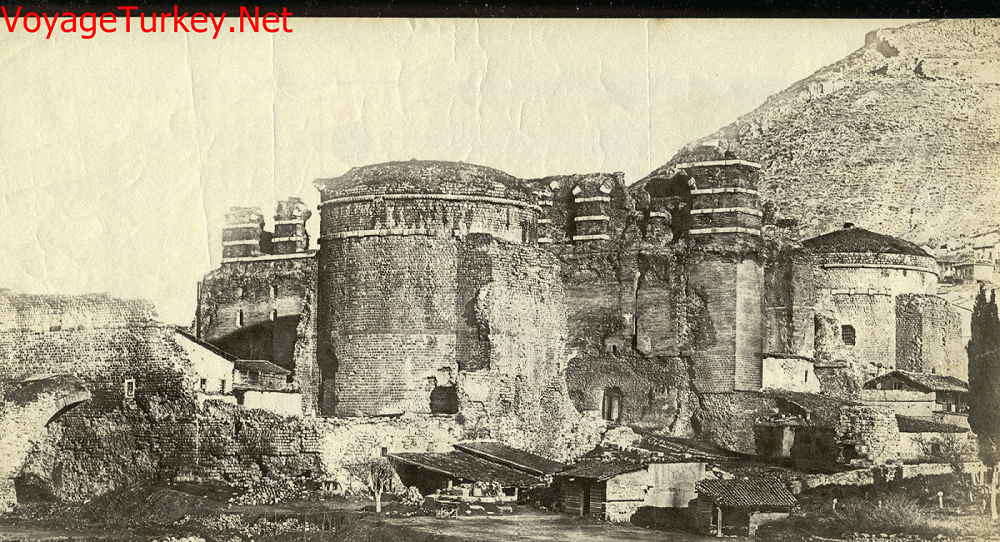
It is estimated that this monumental building, which was admired for its design and its enormous dimensions, was built in the 2nd century AD in the time of Emperor Hadianus in honor of the Egyptian Gods Serapis, Isis and Harporakes.
Along with the other temples were dedicated to the Greek gods and goddesses, the Red Basilica had been used for the worship of the Egyptian gods; Serapis, Isis, and Harpocrates. Therefore, the Temple is also known as Serapion.
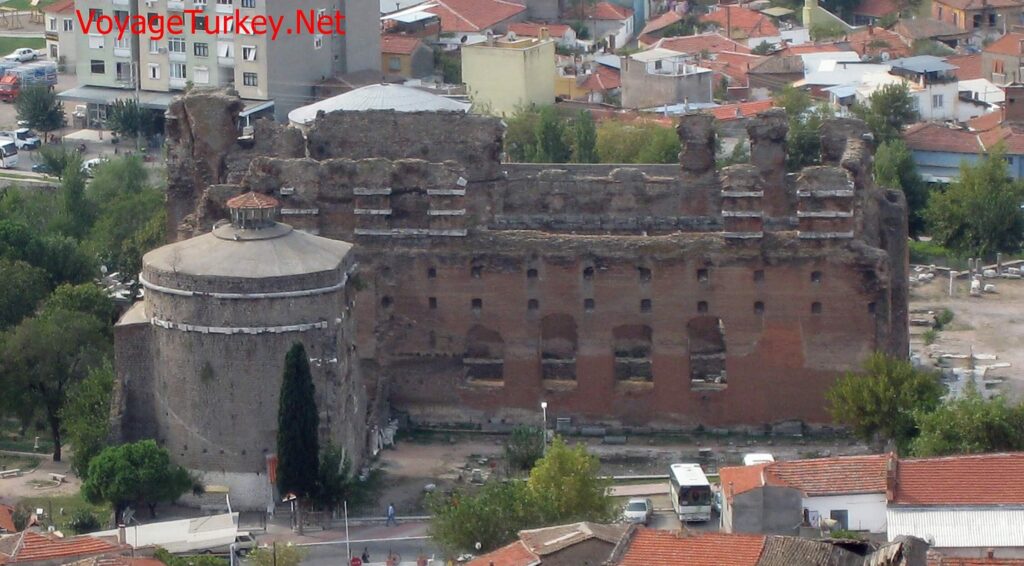
During the Byzantine Empire, the Temple was transformed into a church with a three-nave basilica in the 5th century AD by adding two rows of columns to the main building. The building was dedicated to the Apostle John and became one of the 7 churches of Revelation. Red Basilica is mentioned in the New Testament Book of Revelation as one of the Church Seven Churches of Early Christianity.
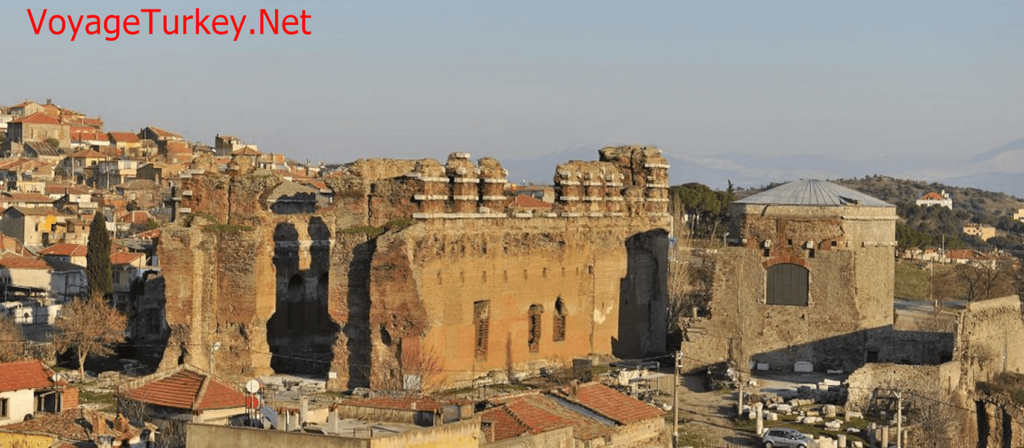
The temple is called Red Basilica because it was built of red fire bricks and used as a church during the Byzantine Empire. The walls of red fire bricks have made the temple popularly known as the Red Courtyard, and some writers have called it the Little Hagia Sophia.
The Red Courtyard is located 1 km from Bergama city center, not in the Acropolis of Pergamum, but in the lower city. The most spectacular view of the temple is seen from the hill as you climb the Acropolis.
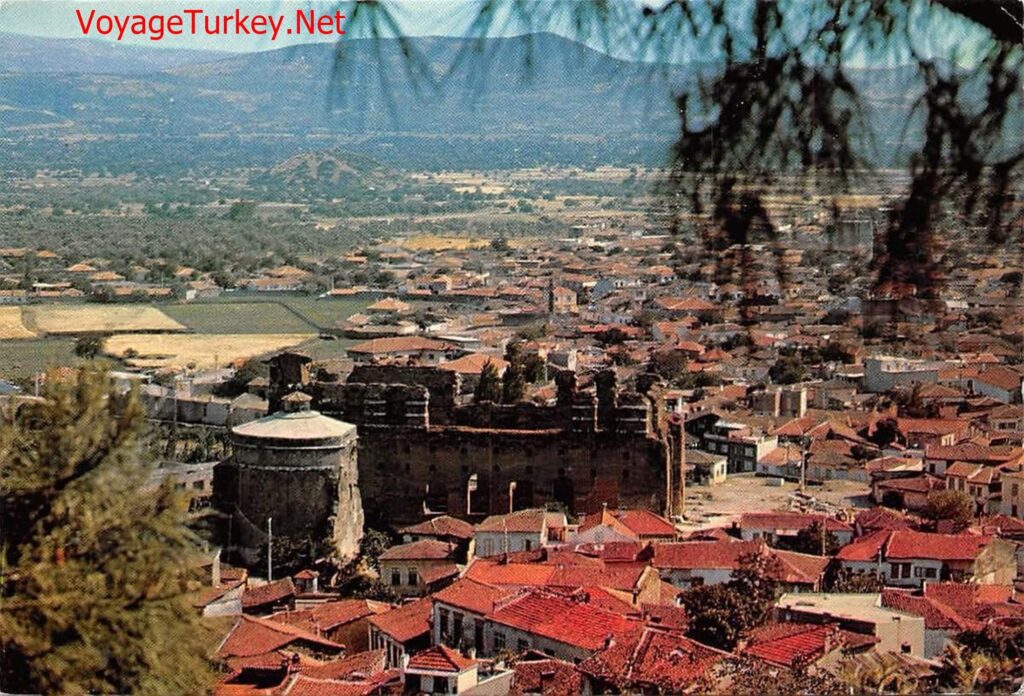
The basilica is actually a courtyard with a length of 266 meters and a width of 100 meters and a building complex with two rotundas (round-shaped and domed structure) behind it. Today, a large part of the large courtyard falls under the surrounding houses. The plan of the building is shown in the picture below.
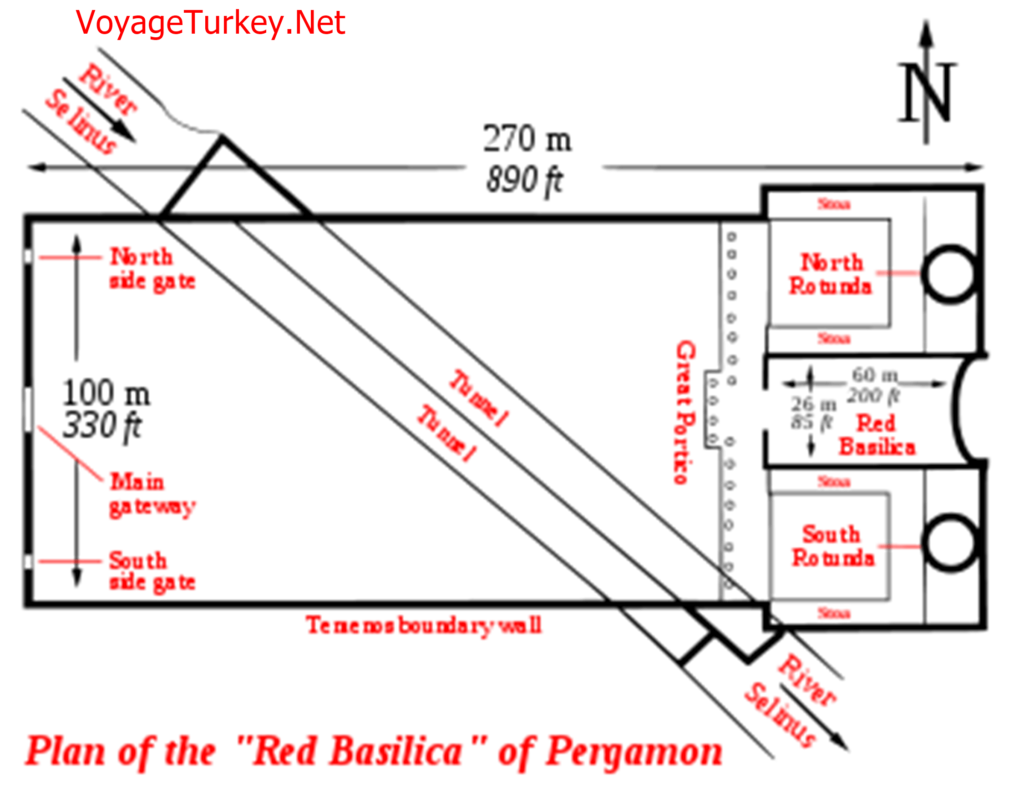
As you can see, there are two rotundas in the large courtyard. Between these two structures, the Temple of Serapis, measuring 60 x 60 meters, was built.
The statues of Egyptian gods and goddesses were used as columns in the Temple of Serapis in spite of the fact that in that time Roman Empire architecture used nosepiece columns. This is another factor that makes this structure very valuable among the Roman buildings of that period.
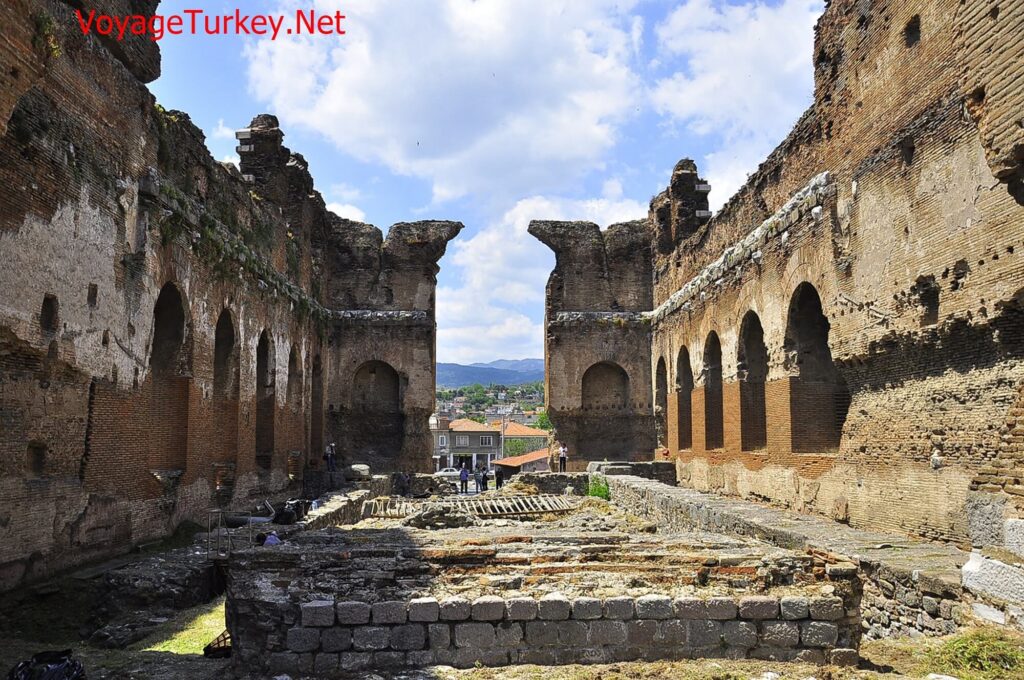
In the construction of the building, besides the white marbles brought from Marmara Island, plenty of red fire bricks were used for the construction of the walls. In the upper part of the walls which are 18 meters in height, one-meter diameter spaces were left for illuminating the place.
One of the most interesting aspects of the temple is the flow of Bergama Stream underneath. The temple was built on the Selinus (Bergama) Stream, the tributary of Bakırçay (Kaikos), and two tunnels, which are still visible today, have been built so that the stream can continue.
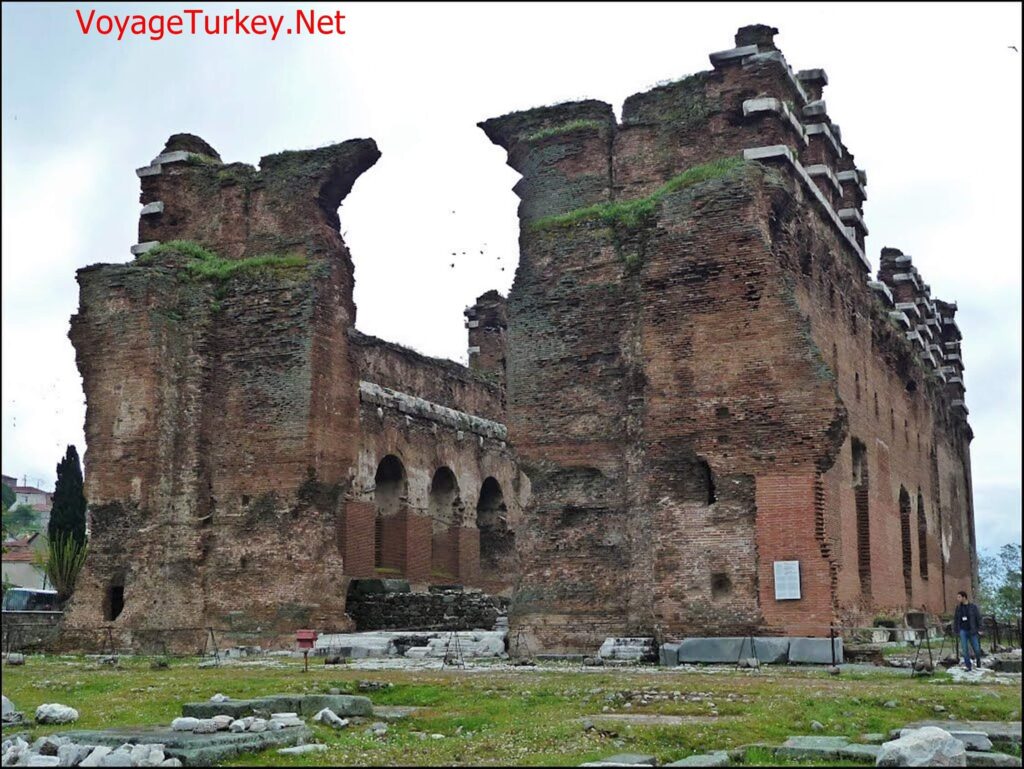
The temple also named “neither on earth nor on sky” due to its unique under neath tubes system which the river Selinus has been flowing under the temple court of the Basilica’s creation in the 2nd century AD.
The tower-shaped structure to the north of the temple was used as a mosque during the Ottoman period. It is still used as a mosque. The Ottoman and Hebrew inscriptions are seen on a stone on the side of the mosque. This stone is considered as a rare document in which two languages are included.
Located next to the tower, the room is now used as a museum. The archeological artifacts unearthed from the Red Courtyard and some tombstones brought from the surrounding Jewish cemetery are exhibited here.

